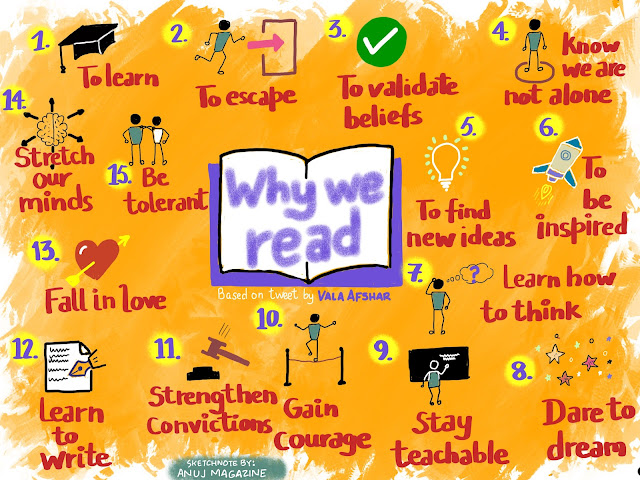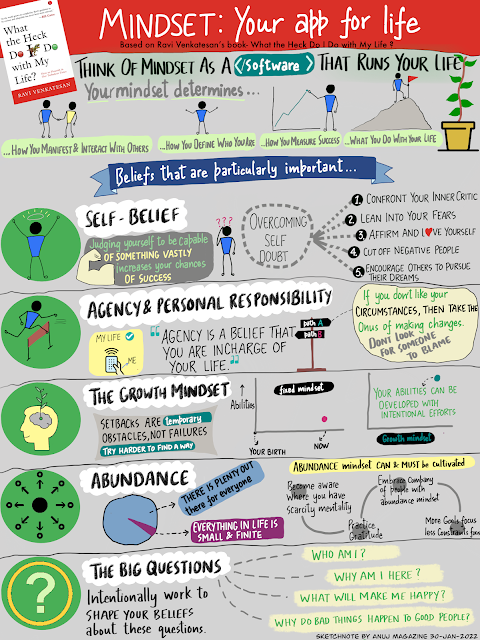I recently reread Satya Nadella's first memo (link in comments) to the Microsoft employees after becoming it's CEO. As one might expect, it lends an immense sense of clarity and also some lessons that can help shape our thinking.
As an example, he says "Our industry does not respect tradition — it only respects innovation.", something we all possibly know but it's so impactful to hear coming from a leader of his stature.Other aspect that caught my attention is the below excerpt that outlines his hunger for learning, something he amplifies in his book "Hit Refresh" as well-
"Many who know me say I am also defined by my curiosity and thirst for learning. I buy more books than I can finish. I sign up for more online courses than I can complete. I fundamentally believe that if you are not learning new things, you stop doing great and useful things."
Satya's love for reading is clearly fueled by his desire to satisfy his extraordinary curiosity
Why else would you read ? There are obviously many reasons and I found Vala Afshar's tweet just so relevant. Included my sketchnote based on the ideas shared in this tweet.
So how much can you read ? Here's actionable insight Prakash Iyer on inculcating the reading habit. This is something i read almost a decade back in one of writings Prakash shared in Careers360 magazine, has stayed with me ever since-
"If you read for just half an hour everyday, you could finish a 250 page book in just two weeks' time. That's 26 books a year. A 100 books in next 4 years. Just think, what difference would that make to the quality of your mind, your career, your life ?Just 30 minutes a day can do the trick, so stop giving excuses about not having the time to read."
What are you reading these days? Do share in comments.




